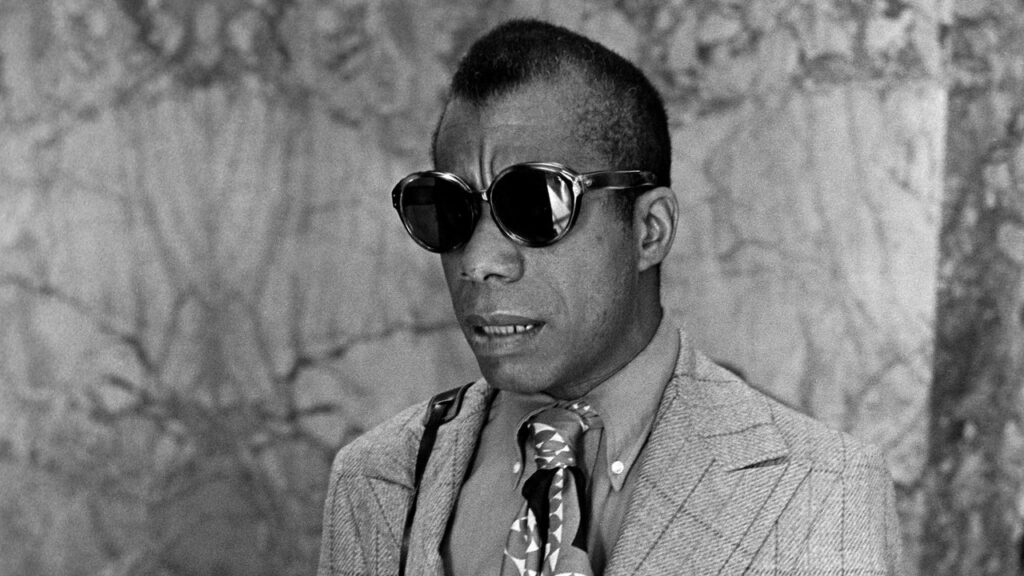James Baldwin: Style and Substance
A Symbol of Defiance: Baldwin’s Fashion Choices
James Baldwin, a prominent figure in literature and civil rights, adopted a clothing style that mirrored his incisive writing. Unlike his predecessor Zora Neale Hurston, Baldwin did not suffer visible injuries but instead opted for a unique fashion statement, characterized by sunglasses, scarves, and tailored jackets.
The Influence of Harlem Renaissance
In Baldwin’s early years in New York, his affinity for three-piece suits showcased the meticulous tailoring associated with the Harlem Renaissance, emphasizing sharp shoulders and high-quality fabrics. This style not only represented sophistication but also a connection to the artistic heritage of his cultural roots.
Exile in Paris and Evolving Aesthetic
The late 1940s brought Baldwin to Paris, a city renowned for its welcoming atmosphere towards artists, where he confronted the racial violence and political oppression prevalent in America. During this time, he produced seminal works, including Go Tell It on the Mountain (1953) and Giovanni’s Room (1956), while adopting a more minimalist style. His wardrobe evolved to include a trench coat and finely tailored suits, aligning him with the intellectual bohemian culture of Parisian life.
Exploring Fluidity in Istanbul
In Istanbul during the 1960s, Baldwin transitioned to more fluid silhouettes that set him apart from both the rigid aesthetics of the Black Panther Party and the vibrant countercultural movements in the United States. This evolution was reflective of his complex identity as a Black man navigating international spaces.
Cultural Legacy through Dress
Baldwin’s fashion choices served as a language of resistance and identity, woven into the fabric of African American culture. His contemporaries, including W.E.B. Du Bois and Zora Neale Hurston, similarly utilized style as a means of expressing freedom and individuality.
A New Generation of Cultural Fashion
Contemporary figures like Prince, Iké Udé, and Solange Knowles continue to redefine what it means to dress with intention. They embrace unique aesthetics, turning their wardrobes into spaces of affirmation and authenticity.
Conclusion: Dressing with Purpose
Revisiting Baldwin’s style is not merely an exercise in nostalgia; it is a powerful reminder that clothing is a form of expression deeply rooted in cultural theory and personal narrative. As fashion evolves, the legacy of Baldwin and his contemporaries remains influential, urging individuals to dress authentically and boldly.


